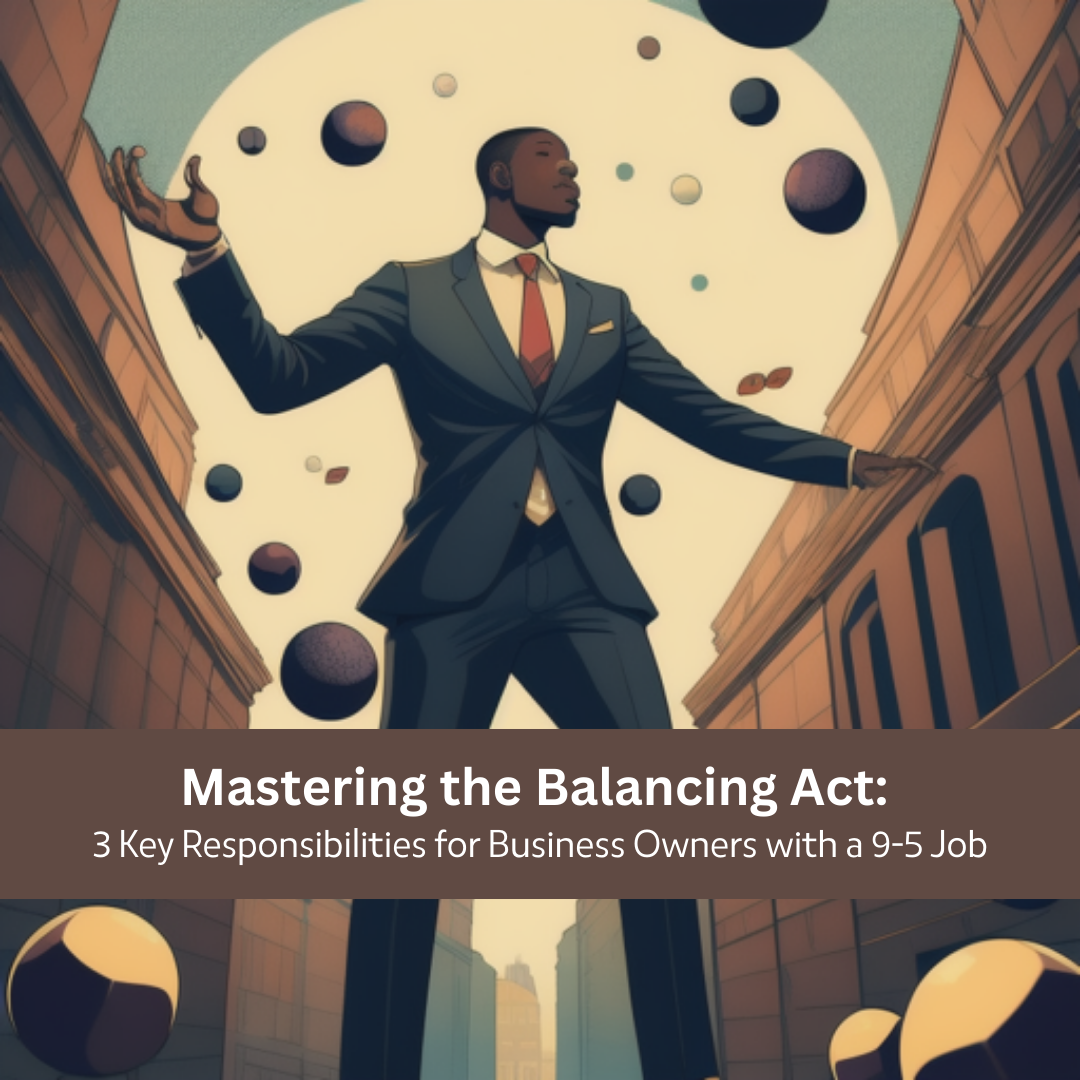What is the process of protecting one’s intellectual property? Patents and Trademarks would need to file at the U.S. Patent and Trademark Office website. If you need a Copyright you would need to go to U.S. Copyright Office website. Beforehand you would need to know what type of protection you require. Let’s break down the differences between these three.

Trademark
A trademark is a symbol, word, or phrase that is legally registered or established by use to represent a company or its products. It serves as a distinctive identifier that sets a company or its offerings apart from others in the marketplace. Trademarks can include brand names, slogans, logos, or a combination of these elements.
To obtain trademark protection, one must file an application with the U.S. Patent and Trademark Office (USPTO). However, before filing, it is essential to conduct a thorough search using the Trademark Electronic Search System database (TESS) database to ensure that another company hasn’t already registered an identical or confusingly similar mark. It’s important to note that trademark protection is granted to the first entity that uses a particular mark in the geographic area where it operates, even if the mark is not registered.
The cost of filing a trademark application can range from $275 to $355 per class without legal assistance. However, seeking professional guidance from an attorney can help ensure a smooth application process and enhance the chances of success.
Copyright
Copyright provides exclusive rights to the creators of original literary, musical, artistic, or intellectual works. These rights include the right to make copies, license, distribute, display, and perform the work. Copyright protection extends to various forms of creative expression, such as books, music, films, software, and architecture.
In the United States, copyright protection is automatic upon the creation of the work. However, registering your copyright with the U.S. Copyright Office provides additional benefits and legal advantages. It establishes a public record of your copyright claim and allows you to bring a lawsuit for copyright infringement. The registration process can be done online through the U.S. Copyright Office , with costs ranging from $35 to $55 if you choose to do it yourself, or $250 to $500 if you hire an attorney.
The duration of copyright protection depends on several factors. For works created by an individual, copyright protection lasts for the life of the author, plus 70 years. In the case of anonymous, pseudonymous, or works made for hire, protection lasts for 95 years from the date of publication or 120 years from the date of creation, whichever is shorter.
Patent
A patent is a government-granted exclusive right that allows inventors to prevent others from manufacturing, using, or selling their invention without permission for a limited period. Patents are typically granted for new and useful processes, machines, articles of manufacture, compositions of matter, or improvements thereof.
There are three categories of patents: Utility patents, Design patents, and Plant patents.
Utility patents are granted for functional inventions, such as processes or machines.
Design patents are granted for new, original, and ornamental designs for manufactured articles.
Plant patents are granted for distinct and asexually reproduced new varieties of plants.
A patent involves a more complex and costly process than copyright or trademark registration. It requires filing an application with the U.S. Patent and Trademark Office and meeting specific requirements for patentability. The costs associated with patents include fees for initial submission, documentation, and future maintenance and amendments. Depending on the complexity, a basic patent application can range from $2,500 to $11,000 or more.
It’s worth noting that seeking legal counsel from a patent attorney or agent is highly recommended when applying for a patent. They can provide guidance on the patentability of your invention and navigate the intricate process more effectively.
For information on patents, please visit Patents or contact 800-786-9199
Considerations for Trademark Protection
While filing for trademark protection is not mandatory, registering your trademark with the USPTO offers significant advantages. Registered trademarks enjoy stronger legal protections and provide a more solid foundation for legal action against infringement. Registered trademark owners have the ability to sue for damages, including lost profits, and may recover attorneys’ fees and costs incurred in protecting their trademarks.
On the other hand, unregistered trademarks rely on “common law” rights, which provide limited protection within the geographic region where the trademark owner is using it in business. See the Basic Facts About Trademarks brochure. Unregistered trademarks may face challenges in enforcing their rights and may have difficulty proving ownership and priority in legal disputes.
It is essential to consider the advantages of federal registration and consult with a trademark attorney to make informed decisions regarding trademark protection.

Conclusion
Protecting intellectual property is a vital step for entrepreneurs and creators to secure their work and prevent potential losses. Copyright, trademark, and patent protections each serve different purposes and require distinct processes. Understanding the differences between these forms of protection is crucial to determine the appropriate legal path for safeguarding your intellectual property.
By familiarizing yourself with the processes involved in obtaining copyright, trademark, and patent protection, you can take the necessary steps to protect your creative endeavors. Remember to conduct thorough research, consult professionals when needed, and consider the long-term benefits of legal protection. Investing in the protection of your intellectual property can provide peace of mind and help you avoid potential legal issues in the future.
For more detailed information on copyright, trademarks, and patents, please visit the respective websites of the U.S. Copyright Office, and the U.S. Patent and Trademark Office , and consult with legal professionals specializing in intellectual property law.
Protect your work, preserve your rights, and ensure the future success of your entrepreneurial endeavors.


